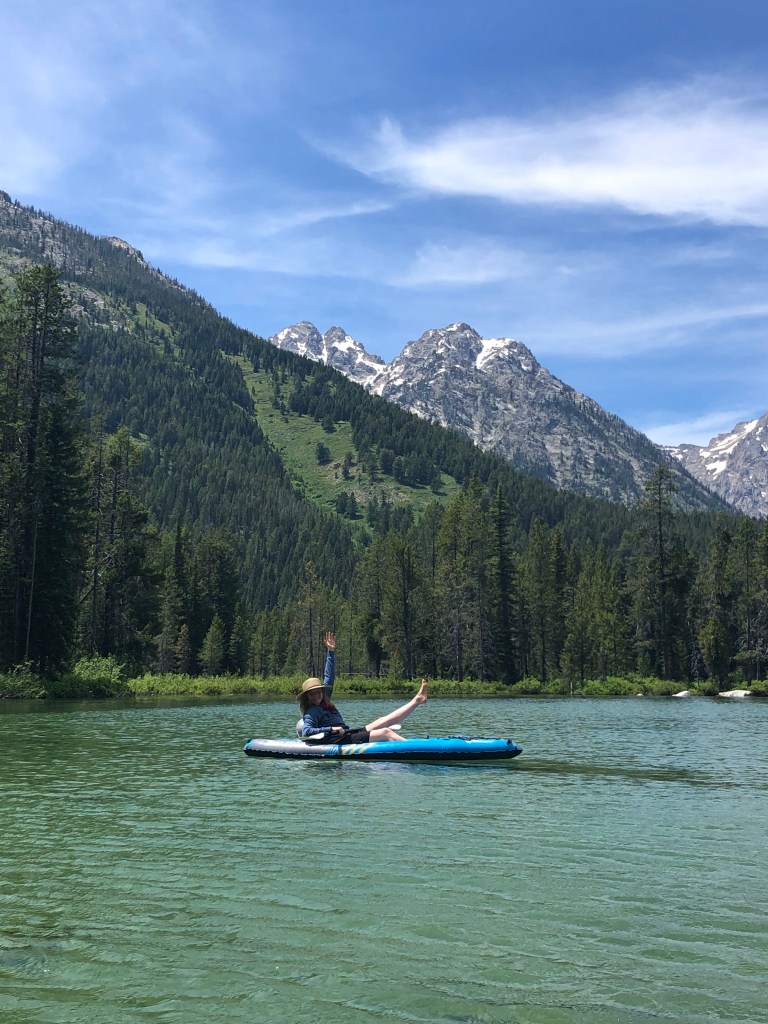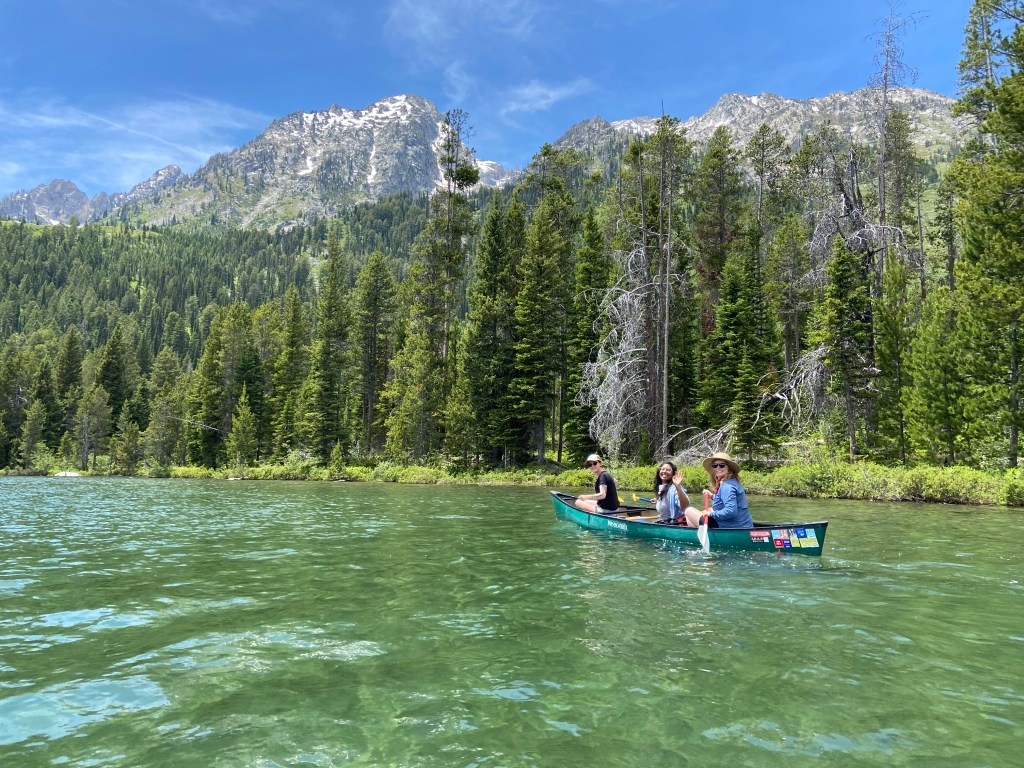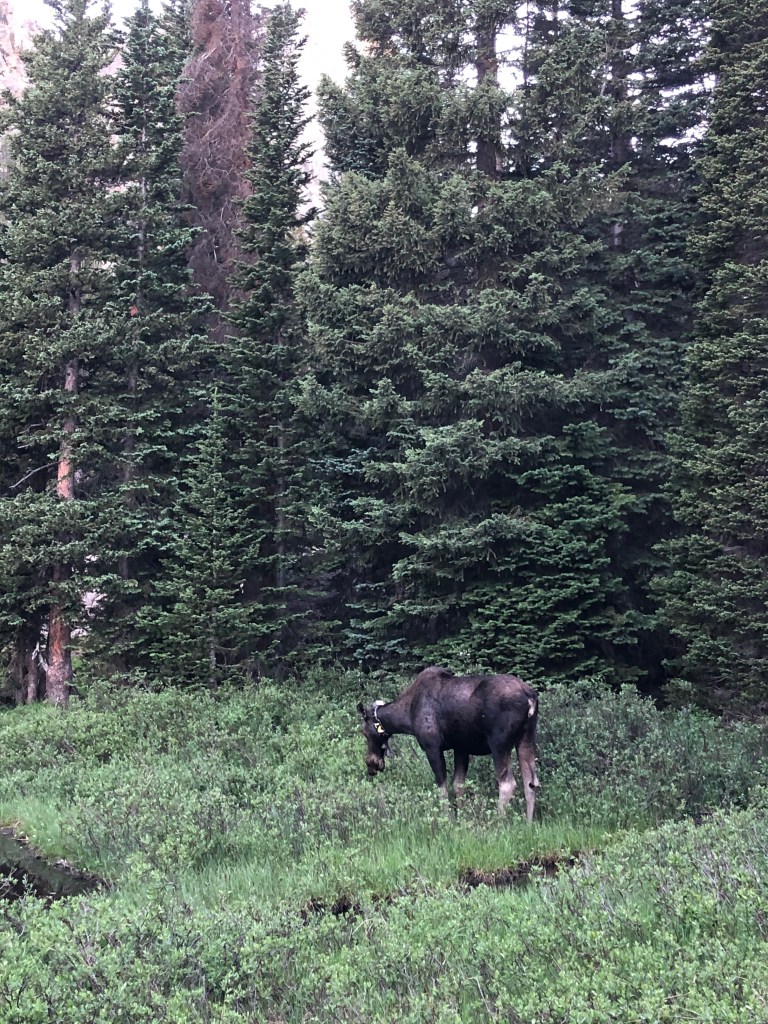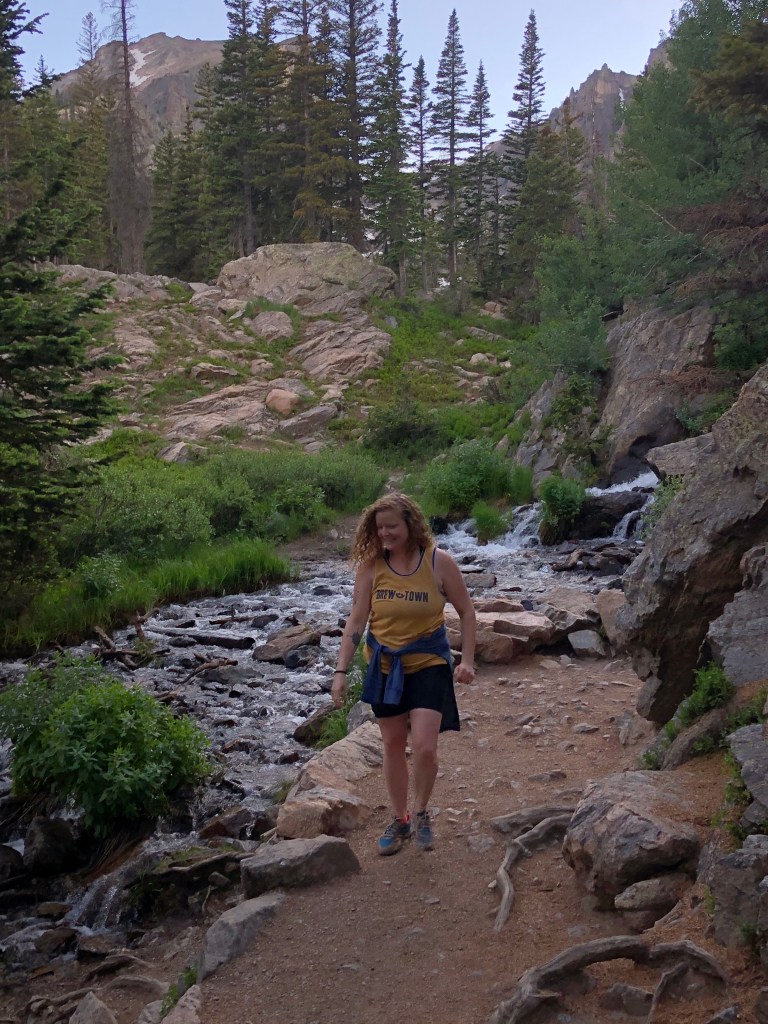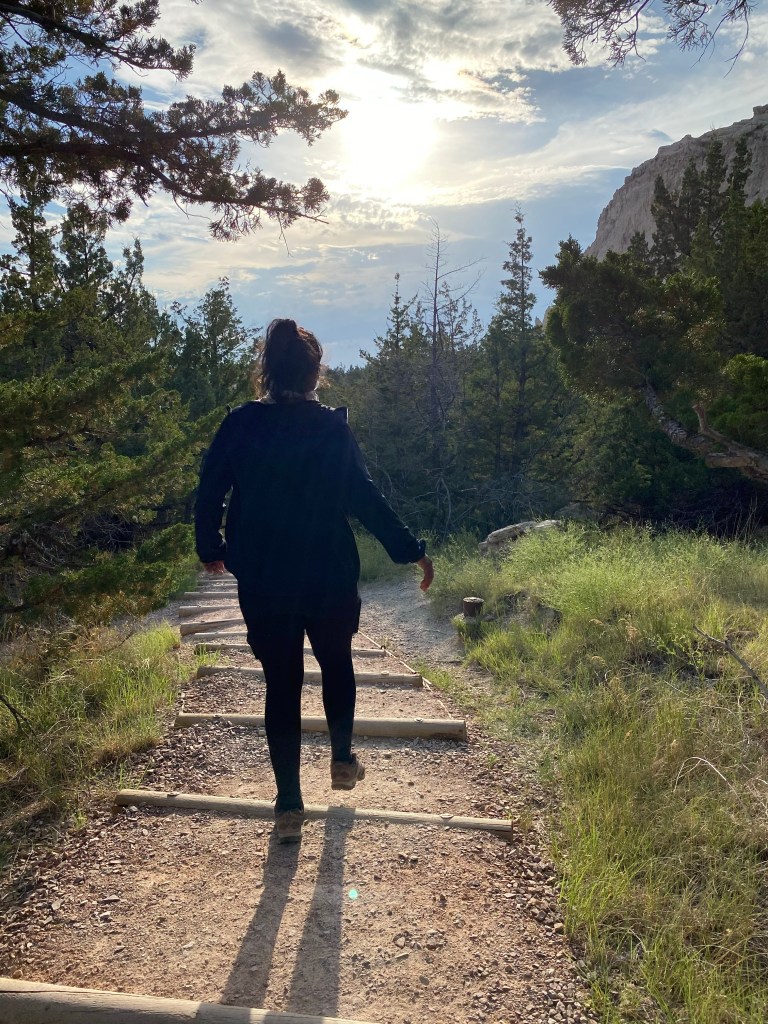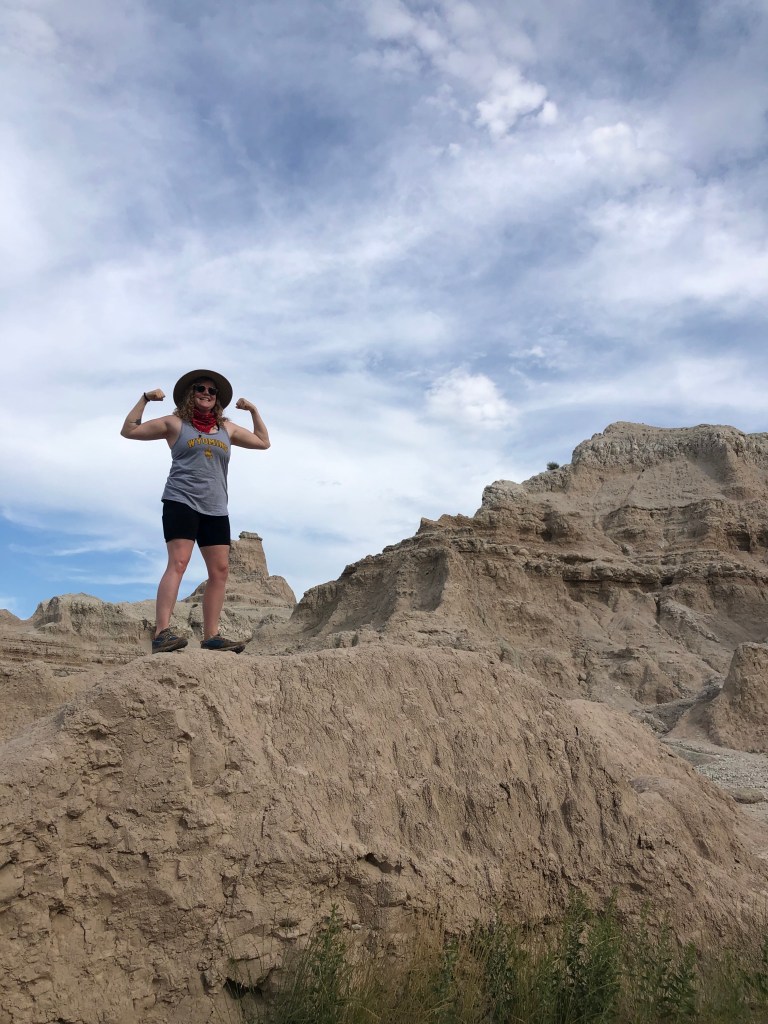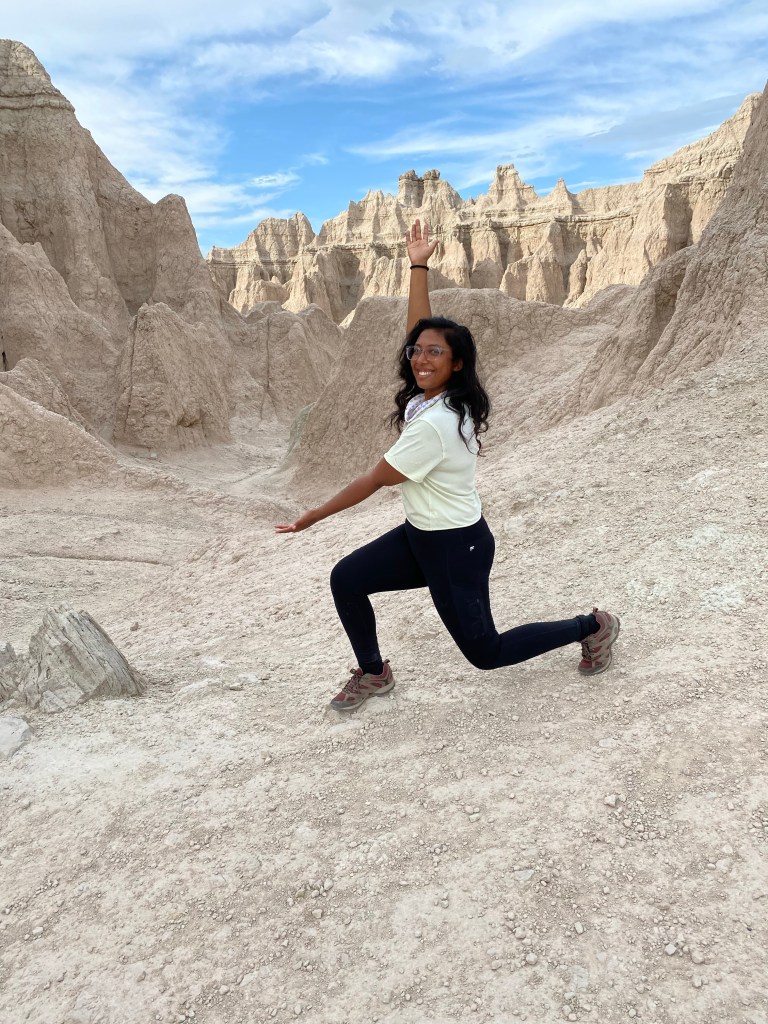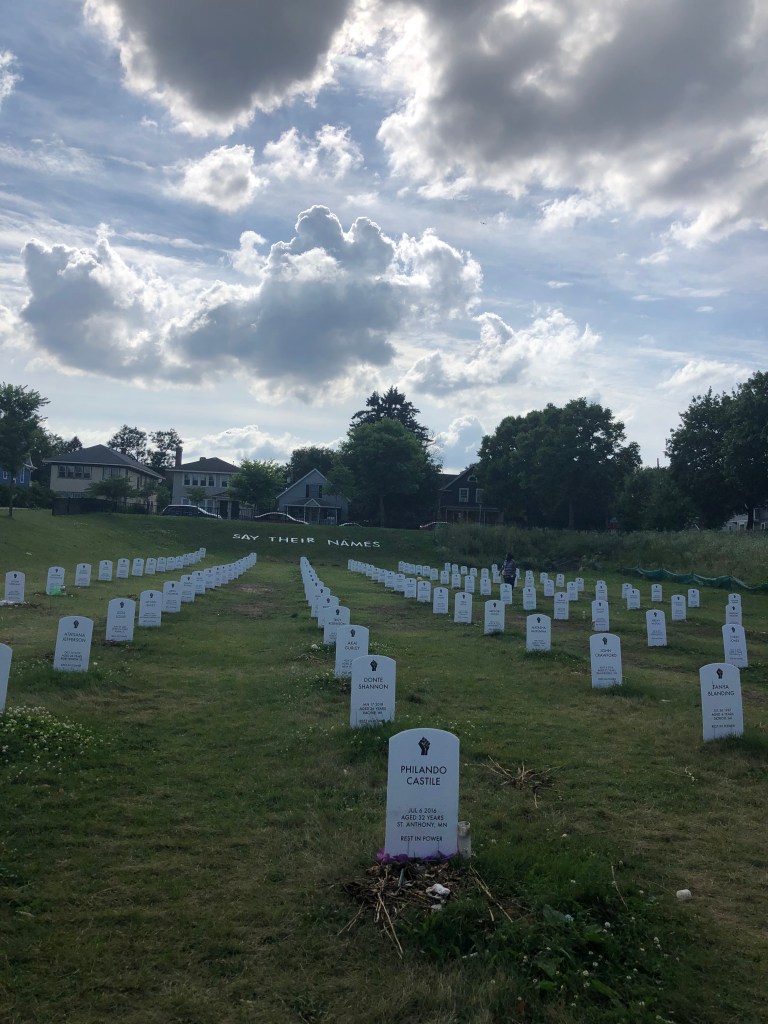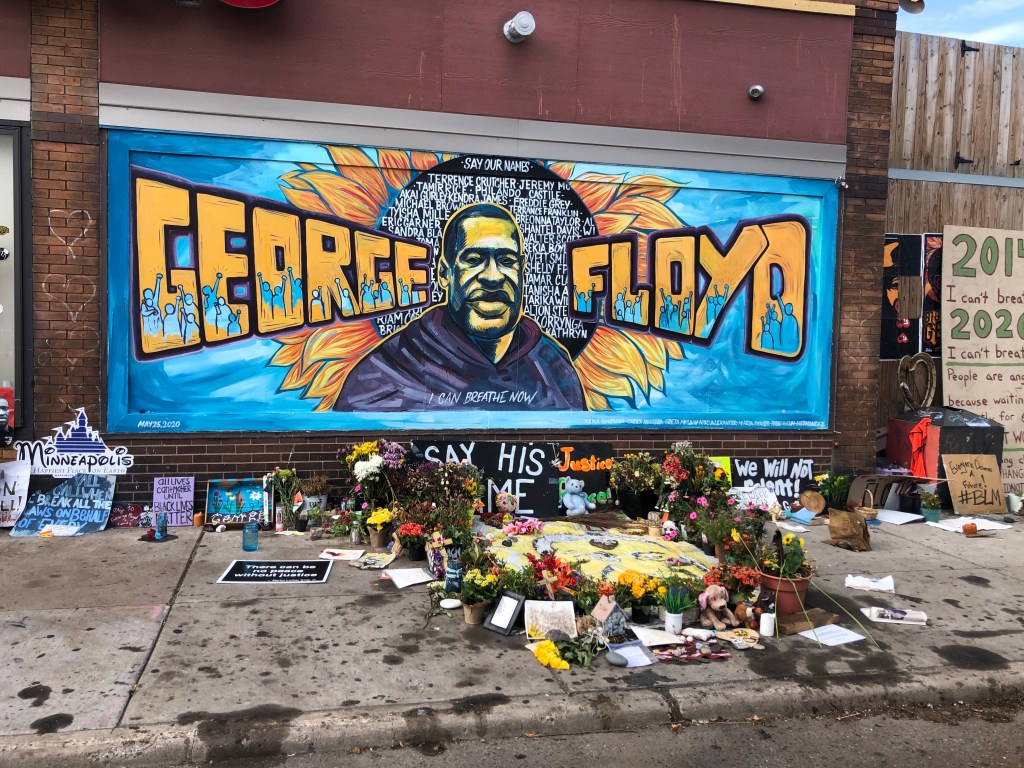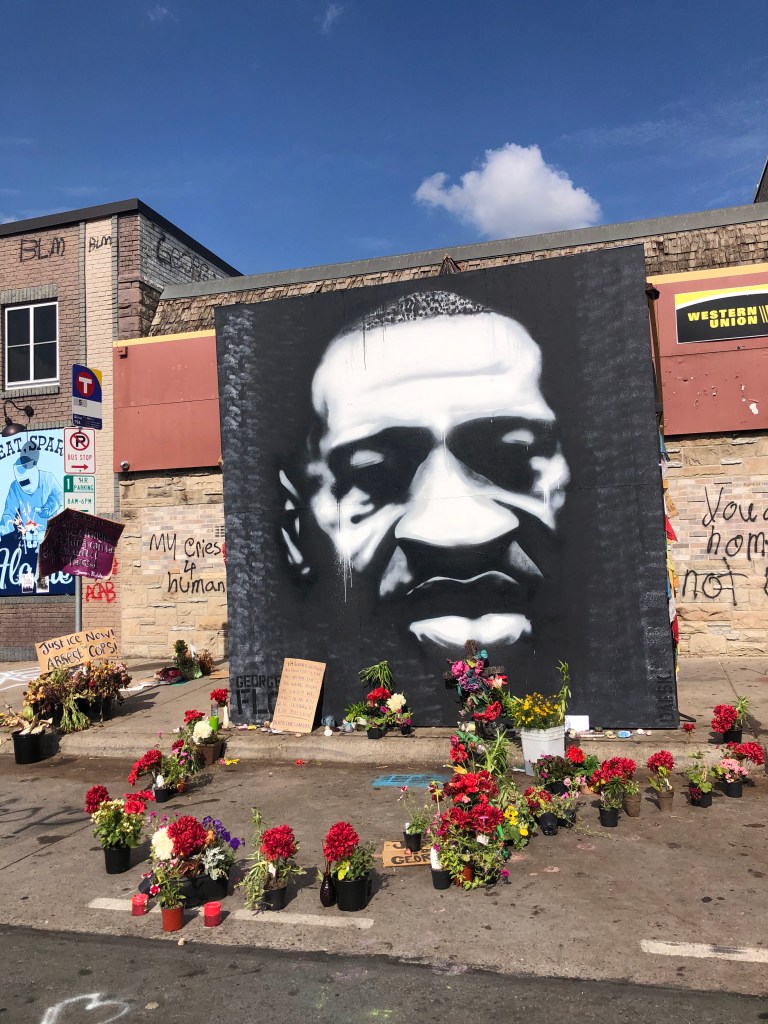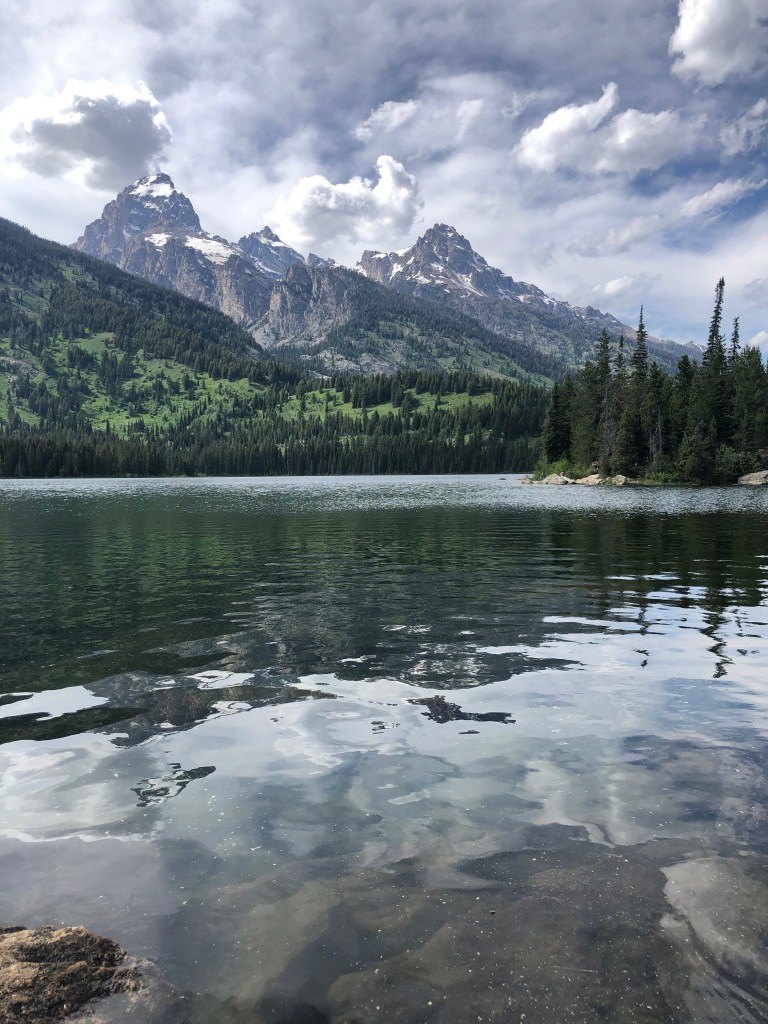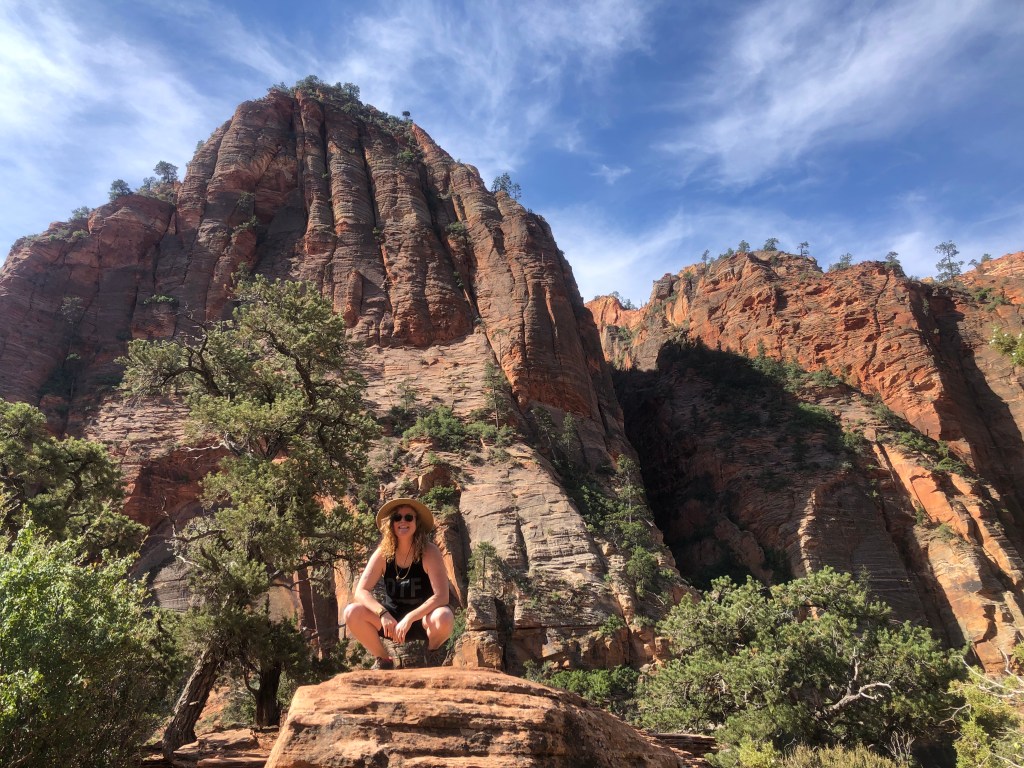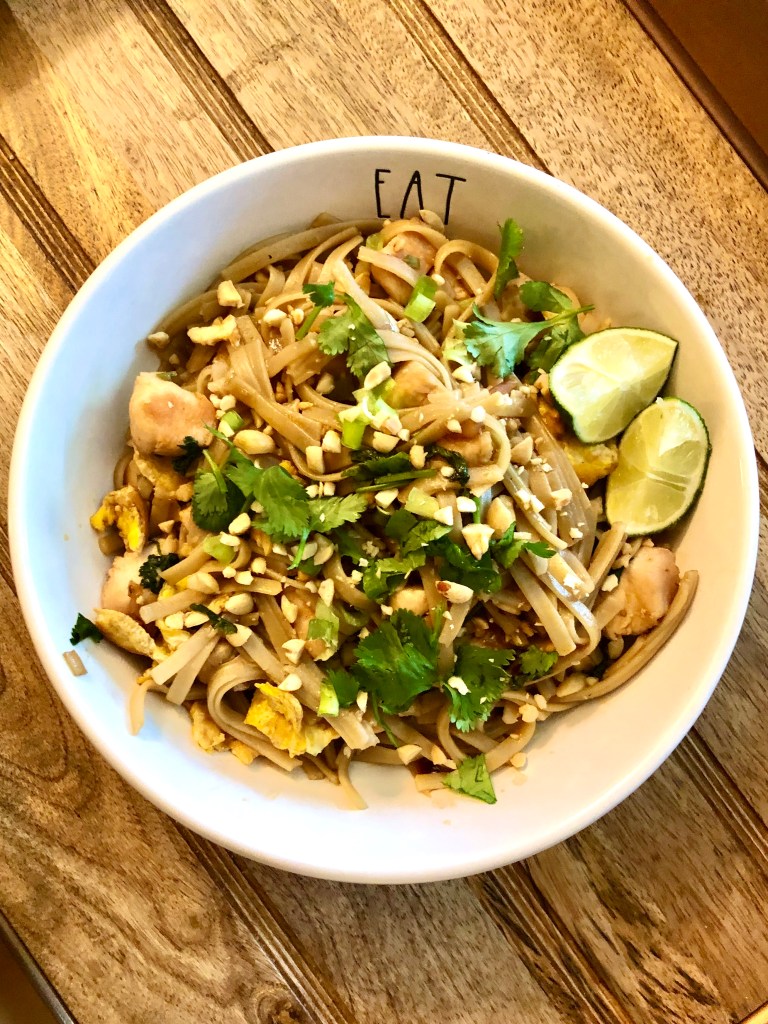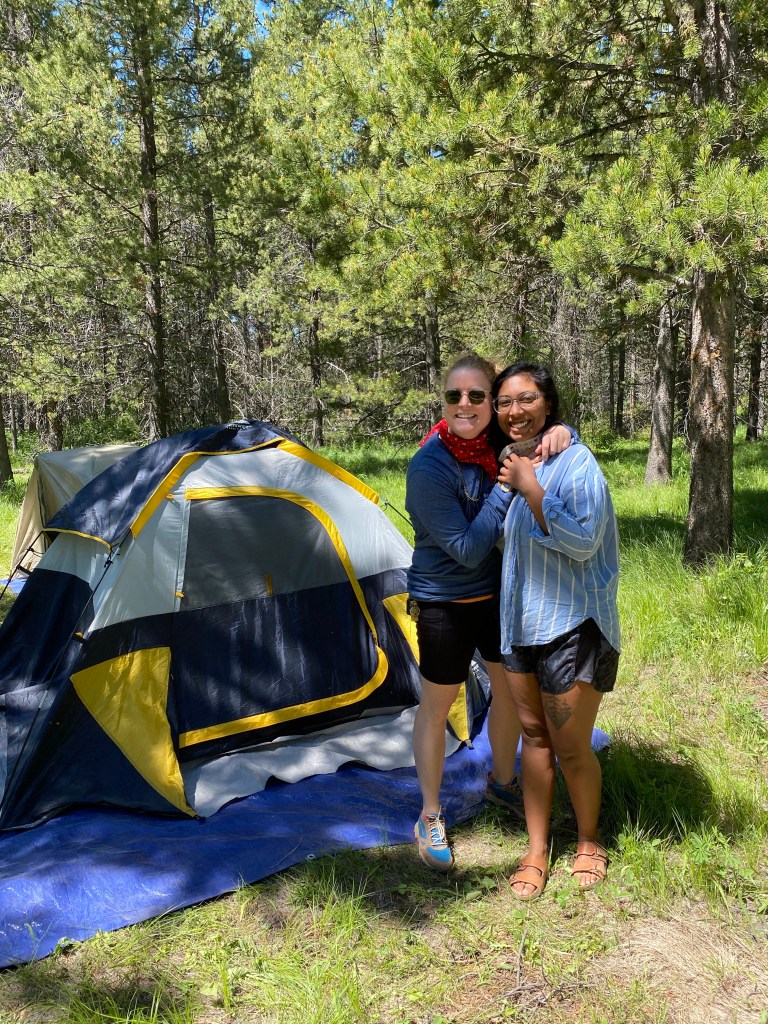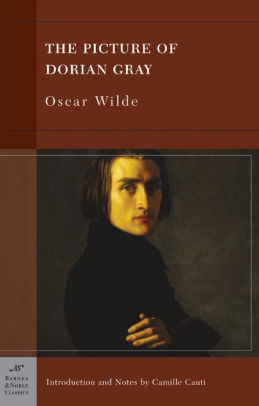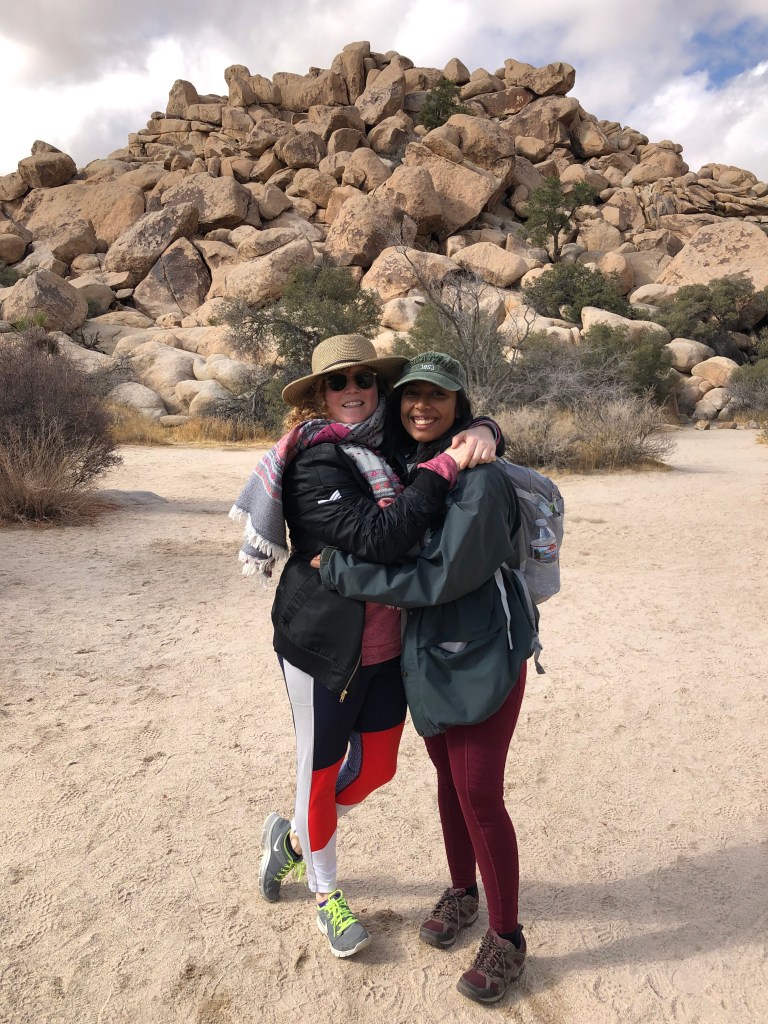Once upon a time,
Two women were frustrated with the way things were going. In the middle of a worldwide pandemic, three months into its actualization, the world was in between a complete halt and the too-quick spinning of tires on gravel roads. SARS-CoV-2 (the novel coronavirus, COVID-19) cases were rising, but with the onslaught of summer, people were ruefully optimistic that with the hotter weather, the virus, like so many before it, would have a harder time of surviving. The flu is most common in the winter, after all. Scientists argued this would not be the case, but scientists did not have their constituents to answer to amidst a historical election year. And the people wanted to live life without masks, without hands rubbed raw from hand sanitizer that started to smell like tequila, and without fear.
So one day, one of the women came home from work, cheeks flushed. She ran the whole way. “What if we drive?” The question had no context.
“Drive where?” The other responded, with some hesitation.
“To Minnesota!”
It was the end of June. Rachel just turned 29. The thing about entering into a year called a “nine-ender” (19, 29, 39, etc) means your mindset towards achieving goals shows you the precipice — anything is possible when you’re on the cusp of something unidentifiable. (The thing about Rachel is that she’s always been the most goal-oriented person I’ve ever encountered, disciplined and regimented in such a way that makes her an inspiration — so being in this brink was a recipe for adventure). Research shows that people aged in a nine-ender are twice as likely to compete in a marathon for the first time than any other age. During a time in which the world paused, but our internal time clocks still ticked towards the inevitable, where birthdays passed, and holidays were celebrated, but differently. We decided to take a two week road trip to Minnesota. Already feeling like we were running out of time, we planned it in 24 hours (making many calls to national park visitor centers), borrowed a tent, bought an inflatable air mattress and a lantern, made exactly 12 sandwiches, and got on the road.
The next 1,925 miles would be something I’ll treasure for the rest of my life. I won’t pretend that I wasn’t terrified. I have taken one cross-country road trip ever — as a third-wheel to a couple, to visit a friend I hadn’t seen in over a year, in Colorado. In contrast to the trip to Minnesota, I had taken pains to plan my first road trip over the span of months, and at least one of the friends on the trip was an experienced camper, well-equipped with a cooking grill we used to fry eggs in the morning. Rachel and I, on the other hand, both have an awkward-at-best sense of direction, but a deep desire to be fully immersed in a different way of life.
A disclaimer: traveling, even by road, during a pandemic is risky. In our defense, this is what I now refer to as the “in-between” time — almost two months after the initial “safer-at-home” initiative that told us we shouldn’t go anywhere but the most essential businesses, things were opening up again. Indoor fitness studios were going to be operating at a reduced capacity. Restaurants were getting ready to seat outdoors, and non-essential retailers were reopening. National parks that had previously been not charging for admission were reintroducing fees. With all that to consider, while we knew Los Angeles cases were on the rise, we felt safe to take a road trip in Rachel’s personal vehicle, camping along the way, eating much of our own food, and spending most of our time in the great outdoors, while always wearing a mask.
Here are a few things I learned along the way:
- Leave room for things to go right.
- Have a general plan of action — destinations you’d like to see, hikes you’d want to accomplish (+ things like level of difficulty, length of time it would take for you personally to finish, and a route), and get an idea of when/where you’re eating. Besides that, allow for spontaneous decisions to be made! Your hike is actually closed? Ask whoever works there what’s the best hike to do for the amount of time you have — ex. “So, what’s the deal?”
- But also, do a little research on logistics. Consider opening and closing times on national parks or other attractions. Which visitor centers are open, and have their website hours been altered (look for a “Last Updated” timestamp). When is check in for Airbnbs or campsites/what are the directions on how to do so. Does your campsite have a shower and flush toilet? Know how far the distances between your destinations are, so you know how long you’ll be driving, and what time it’ll be when you get somewhere. You don’t want to end up too tired to hike if hiking is what you’re looking forward to the most! Account for time zones! Arizona also doesn’t accommodate daylight savings time. Consider the weather! When a thunderstorm rolls in and you have a mostly metal tent and the lightning looks closer than you’ve ever seen it, know to pack it up! Make sure your budget includes a few emergency hotel stays if you’re predominantly camping — summer in California is different from the wet heat of a summer in South Dakota.
- Download a lot of audiobooks and podcasts. When you’re on long stretches of empty road, there’s only so much to talk about. (Even though Rachel and I are both very interesting people.) Plus, you won’t have service sometimes. Pre-downloading helps make sure you don’t get stuck on a windy mountainside without a distraction. You can also do what Rachel and I do: listen to parts of a podcast, and pause whenever you have something to contribute to the conversation. And a bonus benefit: occasionally there will be the incessant sound of a cicada outside of your tent you need to drown out with something boring enough to put you to sleep — in Rachel’s case it was The Fiery Trial: Abraham Lincoln and American Slavery by Eric Foner.
- Remember the stories that will come from the unexpected.
- I wouldn’t be writing this blog if the following things didn’t happen:
- Getting the sprinklers turned on at us (twice!) at 5am in Colorado when we couldn’t find our designated campsite and had to pitch a tent in a garden next to a parking lot. Soaking wet from getting half-waterboarded, we had to pack everything up and start our drive to Arizona much earlier than intended. At the moment, we were annoyed with the whole situation, but when we were retelling the story afterwards, tears were in the eyes of our friends from laughing so hard.
- Rachel’s car battery died, and we met angels who helped get us to our next destination, where we could safely get her car battery changed. A husband and wife who happened to be in town on a work trip — the husband built and installed headstones for graveyards. Rachel went up to his pickup truck because it almost looked like a tow-machine. He had everything anyone might need for a car repair, cables and screws and gadgets galore. The wife told us stories of the two of them falling in love and combining their families (second marriage for both of them) and were so excited to hear that Rachel is a comedian, because they love to laugh. The absolute determination of the man to get us on the road is a kindness I’ll never forget.
- Coming face-to-face with a wild moose in the middle of the Rocky Mountains, quickly approaching dusk. Just Rachel and I were hiking back down to the trailhead, a race against the setting sun, not wanting to get lost on a trail in the dark. We were on a high from being in such a beautiful place, where everything was working out so wonderfully, where the trees were the greenest I’ve ever seen, and the views were endless. Almost running down the side of a mountain, giddy as can be, when we turn a corner and I truly stop dead in my tracks, my hand jutting out to block Rachel from going any further. Here’s the thing about mooses and me: this isn’t my first rodeo, and I’ve come close enough to a moose to make eye contact on at least one other occasion. I certainly don’t recommend it. About 2-3 people die in moose-related incidents a year. Not many by statistical standards, but enough to understand that in the fight against nature, nature will always win. Anyway, we scaled the side of the mountain and let the moose continue on her hike. And we lived to tell the tale.
- If you happen to have friends in other states, visit them! Time doesn’t exist! One of my dearest friends lived on a ranch outside of the Grand Tetons near Jackson Hole, Wyoming for the summer. She was one of the chefs and our trip happened to coincide with the ranch’s single day off before guests began to arrive. A simple text that asked, “Any tips on Yellowstone?” with a response that read, “Skip it, come to the Tetons instead — it means big titties.” And voila, a local to take us on an unforgettable trip to a place that 1) wasn’t even on our list and 2) we wouldn’t even know where to begin on how to go if we did ever make it. The chance to make new memories with someone who means so much to me is absolutely priceless.
- Like with all traveling, try a few new things! Whether it’s a new kind of food or a new activity, take the opportunity to do something you’ve never done before! If you’ve never been hiking, research hikes that have been rated as easy, and know you can turn back at any time. Kayak on a lake that mirrors the snow-topped mountains alongside it. Swim in a lake! See murals and art. Do things out of the ordinary.
- If you’ve never been on a longish-term trip with a partner or close friends, remember that when things get frustrating or aren’t going your way — you’re on a team. It’s you and your loved one(s) against the situation, not you versus them. When you’re hungry and the restaurant forgot half of your food and you’re already a state away, and you’re driving through a forest that literally will not end — know that everyone’s doing their best.
- And most importantly of all — have fun! You never know when’s the next time you’ll be able to take such an excursion! The world is in a way that we’ve never understood it to be. That will go down in history books. Between a pandemic that killed 1.7 million people worldwide, the civil unrest that came to light after the murders of George Floyd, Breonna Taylor, and Ahmaud Arbery, among so many more (including the ones we don’t know the names of), and our own personal tragedies and anxieties, to be able to see some of the most beautiful places this country has to offer is something to cherish.
Please enjoy just a few pictures from the trip of an absolute lifetime. I hope you enjoy.







